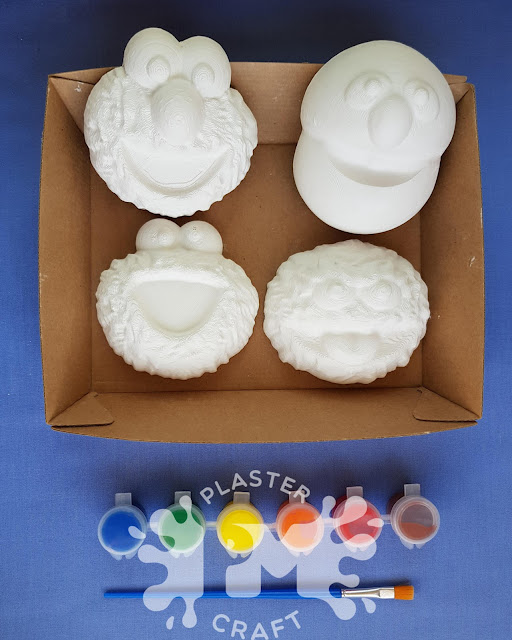Unleashing Creativity: Exploring the World of Painting on Plaster
Art has always been a means of expressing our innermost thoughts and emotions. The world of painting offers endless possibilities, and one exciting avenue worth exploring is painting on plaster. This unique medium allows artists to create captivating works of art on textured surfaces, adding depth and character to their creations. In this blog post, we will explore the world of painting on plaster, discussing its techniques, benefits, and inspiring examples. So, let's dive in and unleash our creativity on this fascinating canvas.
Understanding Plaster as a Medium:
Plaster, also known as gypsum plaster or Plaster of Paris, has been used for centuries in various artistic and architectural applications. Its versatility and ability to be easily molded make it an ideal surface for painting. Plaster provides a textured base that adds dimension and interest to the artwork. Whether it's a plaster wall, sculpture, or decorative piece, the porous nature of plaster allows the paint to adhere and interact uniquely with the surface.
Exploring Painting Techniques:
Preparing the Surface: Before diving into painting, it's essential to prepare the plaster surface properly. Begin by ensuring that the plaster is clean and free from any dust or debris. If necessary, sand down any rough areas for a smoother painting surface. Applying a primer can also enhance the adhesion of paint and prevent absorption into the plaster.
Acrylic Painting on Plaster: Acrylic paints are an excellent choice for painting on plaster due to their versatility and fast drying time. They offer vibrant colors, can be easily layered, and can be diluted for transparent effects. Artists can experiment with brush techniques, palette knife application, or even explore pouring and dripping methods for a more abstract approach.
Oil Painting on Plaster: Oil paints provide richness and depth to paintings on plaster. They have a longer drying time, allowing artists to blend colors and achieve subtle transitions. Oil painting on plaster often results in textured and tactile artwork, as the paint can seep into the crevices of the surface, highlighting its unique characteristics.
Mixed Media Techniques: Painting on plaster opens the door to endless creative possibilities. Artists can combine various mediums such as charcoal, pastels, or ink with paint to create mixed media artworks on the plaster surface. This approach allows for experimentation and the creation of visually intriguing and texturally rich compositions.
Benefits of Painting on Plaster:
Texture and Depth: The textured surface of plaster adds an extra dimension to the artwork, creating visual interest and depth. Artists can explore different brush strokes, techniques, and layering to enhance the texture and bring their vision to life.
Versatility: Plaster offers a versatile canvas that can be utilized in various art forms. Whether it's painting on walls, creating sculptures, or crafting decorative pieces, the possibilities are limitless. The ability to shape and mold plaster makes it an adaptable medium for expressing creativity.
Unique Aesthetic: The combination of paint and plaster creates a distinct aesthetic that sets it apart from traditional canvas painting. The interaction between the paint and the texture of the plaster adds a dynamic element to the artwork, resulting in visually captivating compositions.
Inspiring Examples:
The Texture of Time: An artist explores the aging process through mixed media artwork on a plaster panel. Layers of acrylic paint, charcoal, and textured elements depict the passage of time, capturing the beauty in imperfections and weathered surfaces.
Abstract Landscapes: Using oil paints on a plaster canvas, an artist recreates vibrant landscapes with bold brushstrokes and layered textures. The porous nature of the plaster enhances the blending of colors, giving the artwork a dreamlike quality.
Sculpted Stories: An artist combines sculpture and painting on plaster to create narrative-driven artworks. By sculpting figures or objects on the plaster surface and then painting them, the artist tells stories that come to life through both tactile and visual elements.
Conclusion:
Painting on plaster offers a unique and exciting way to unleash your creativity. The textured surface of plaster adds depth and character to your artwork, allowing you to explore various techniques and experiment with different mediums. Whether you choose acrylic, oil, or mixed media, the interaction between paint and plaster creates visually captivating compositions. The versatility and aesthetic appeal of painting on plaster make it a medium worth exploring for artists seeking new avenues to express their artistic vision. So, grab your brushes, embrace the textured canvas, and let your creativity soar in the world of painting on plaster.




Comments
Post a Comment